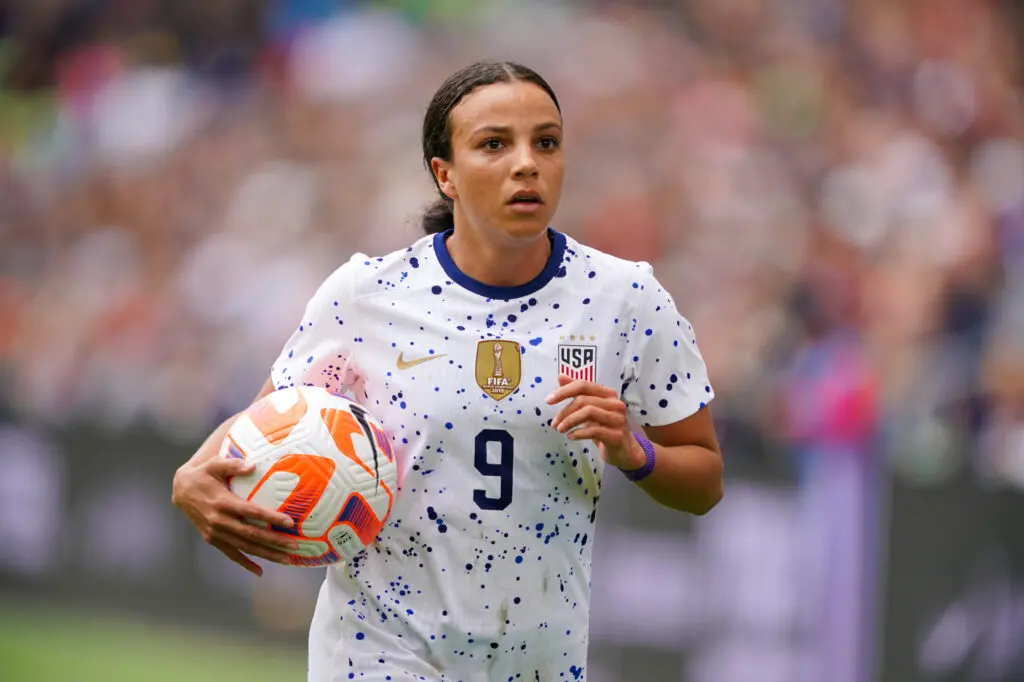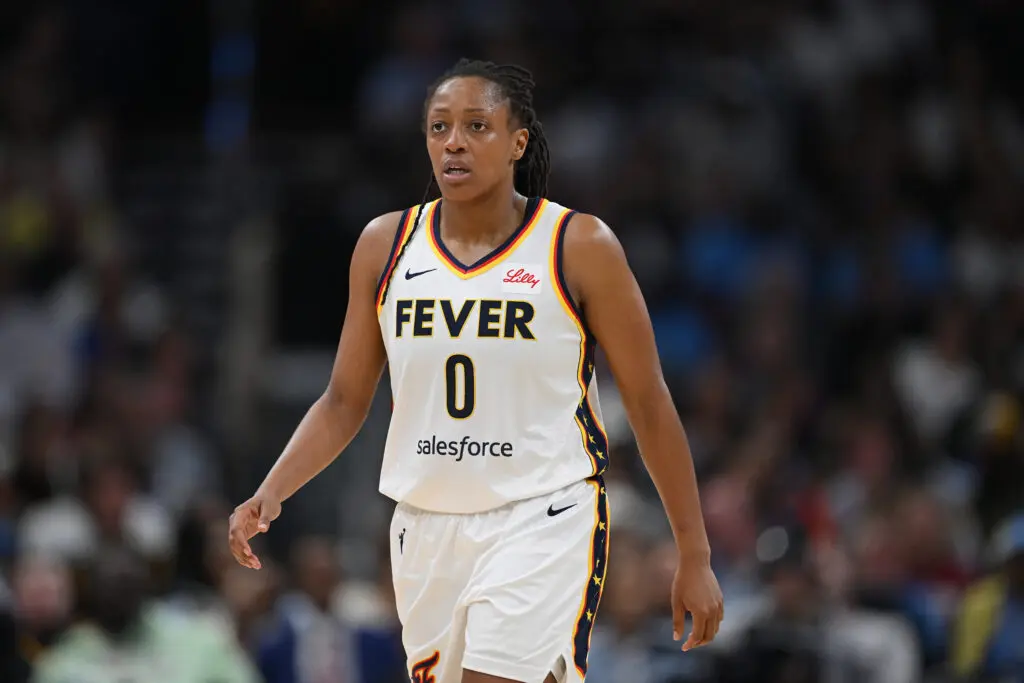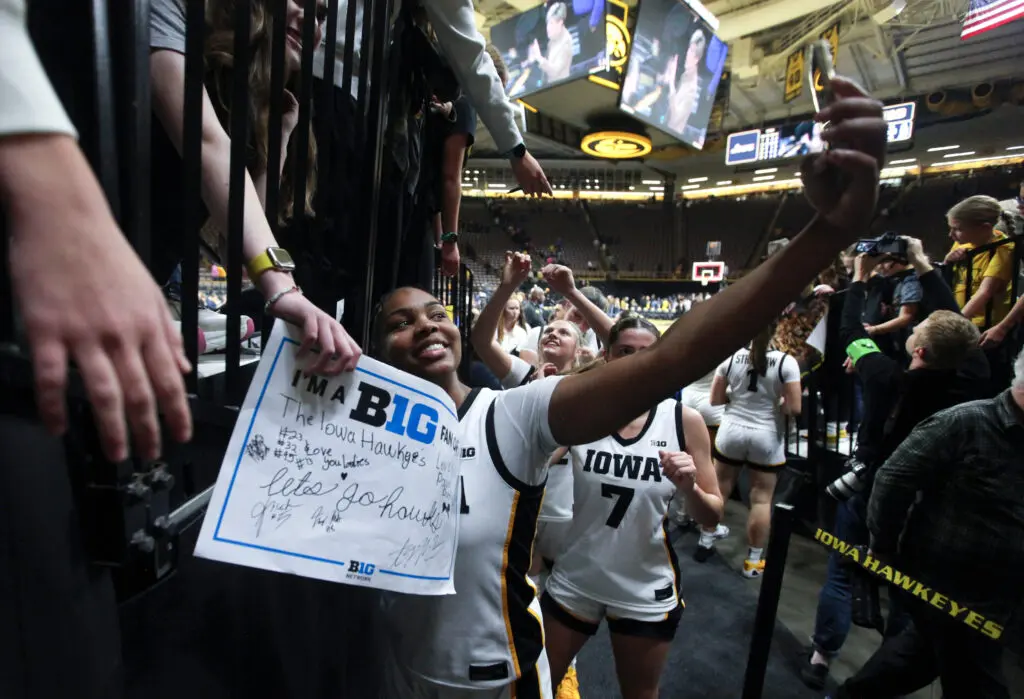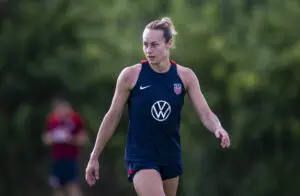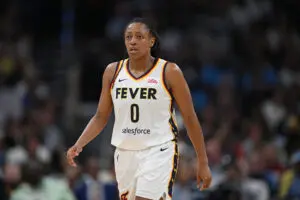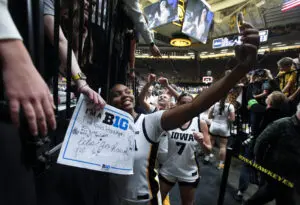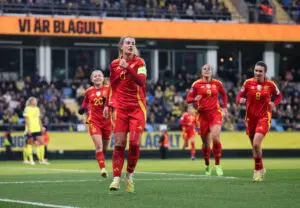On Saturday, the unthinkable happened. Months away from the 2023 World Cup, the U.S. women’s national team lost a locked-in starter when Mallory Swanson went down with a torn patella tendon in her left knee late in the first half of the team’s friendly against the Republic of Ireland.
There’s never a good time for a long-term injury, but the twist of fate that befell Swanson’s planted leg is devastating not only for a young U.S. team looking to battle for its third straight World Cup trophy, but also for a player who had worked her way back into the starting lineup through determination and skill. The timeline for Swanson’s return hasn’t been officially confirmed, but the severity of the injury makes it all but certain she will miss this summer’s World Cup.
Because of the short timeline, there’s very little room to dwell on what might have been. The U.S. has one friendly left on Tuesday night before naming the 23-player roster for the 2023 World Cup, and now they have to evaluate a starting role that head coach Vlatko Andonovski hadn’t anticipated opening up.
Replacing the irreplaceable
In many ways, Swanson is irreplaceable. The 24-year-old has World Cup experience to draw on and was in the form of her life before Saturday’s injury. Swanson had scored a towering seven goals for the USWNT in 2023 alone, and her confidence on the ball in front of goal had never been higher as she grew into a well-rounded playmaker.
She’d also been taking steps into a leadership role while playing for the Chicago Red Stars, her NWSL club. Last November, she spurred the USWNT’s comeback against Germany that saved the team from a historic losing streak. Her off-the-ball defensive work rate is one of the highest on the national team, and she provides relief for the outside back who plays behind her by shutting down lanes on the left flank.
Another underrated element of Swanson’s absence is the loss of her dead-ball ability, which she had been quietly honing with the Red Stars. Swanson’s corner kick delivery was consistent, and she was becoming more clinical from the penalty spot. With Megan Rapinoe no longer a likely starter, Swanson’s skill on set pieces was an asset the U.S. increasingly relied upon.
Finally, Swanson was an incredibly durable player before the contact injury that will now sideline her for some time. The U.S. finds ways to rotate players, but Andonovski’s preferred wingers — Swanson and Sophia Smith — were expected to carry a heavy minutes load throughout the World Cup. Even when rotating in younger talent like Trinity Rodman or Alyssa Thompson, or a veteran like Rapinoe, the U.S. is going to have to account for subbing patterns that would have been unnecessary with Swanson available.

U.S. winger depth can absolutely step up
If there is any silver lining for the USWNT with such little time to adjust, it’s that winger is one of the team’s deepest positions. When Swanson originally had to leave Saturday’s match, she was replaced by Rodman, who has repeatedly proven herself in a USWNT jersey.
The 18-year-old Thompson replaced Swanson on the U.S. roster for the second game against Ireland, and Andonovski told reporters she’ll get time in Tuesday’s game. Thompson has all the tools to be one of the next great American wingers, as shown by the goals she’s already scored at the professional level with Angel City. But her opportunity on the biggest stage might be coming sooner than expected, and it’s up to the coaching staff to make sure she isn’t placed under too much pressure before she is ready.
Finally, the largest presence looming over the position is that of Rapinoe, who was fit enough to join the team for the SheBelieves Cup before being left off the April roster with a lingering calf injury. Rapinoe’s fitness has ebbed and flowed throughout the last year, but when healthy, she has provided a calm veteran presence and a spark off the bench for the U.S. in important games. Andonovski’s original vision for Rapinoe was as a mentor working in tandem with Swanson as a starter, a luxury the team no longer has.
Rodman is well on her way to having the right balance of off-the-ball tenacity and on-the-ball skill to step up in Swanson’s absence, but the reality for Andonovski is it might take a combination of three possible replacements to adequately make up for his lost star. Rapinoe is the dead-ball expert, Rodman is the connective playmaker, and Thompson is the speedy striker with an ability to run at defenses.
Striking the proper balance and making the right roster decisions could be the difference between the U.S. weathering the storm for the World Cup and failing to adapt after a run of terrible injury luck.
Claire Watkins is a Staff Writer at Just Women’s Sports. Follow her on Twitter @ScoutRipley.
